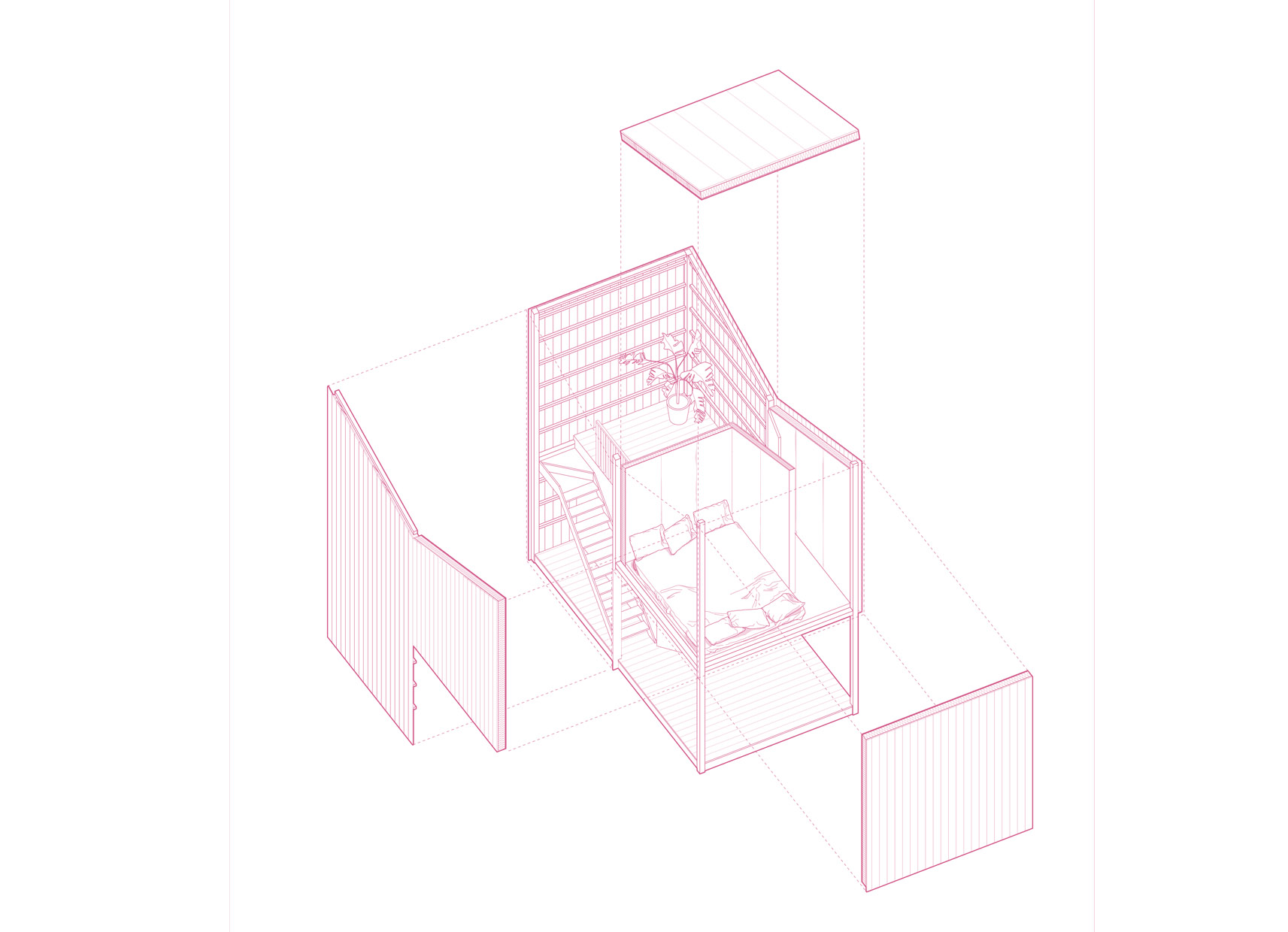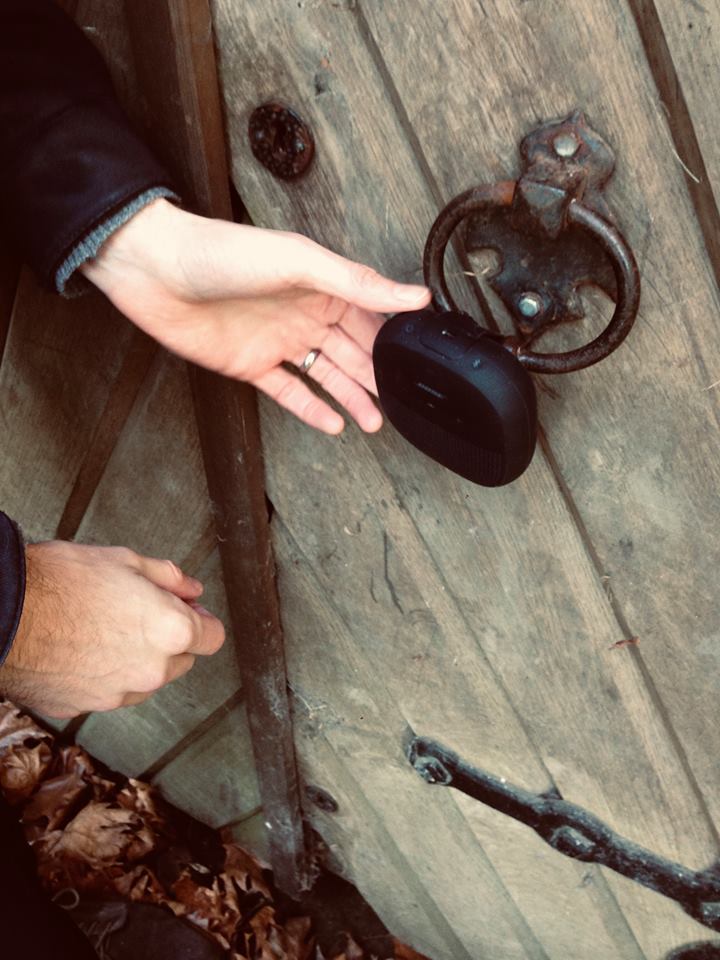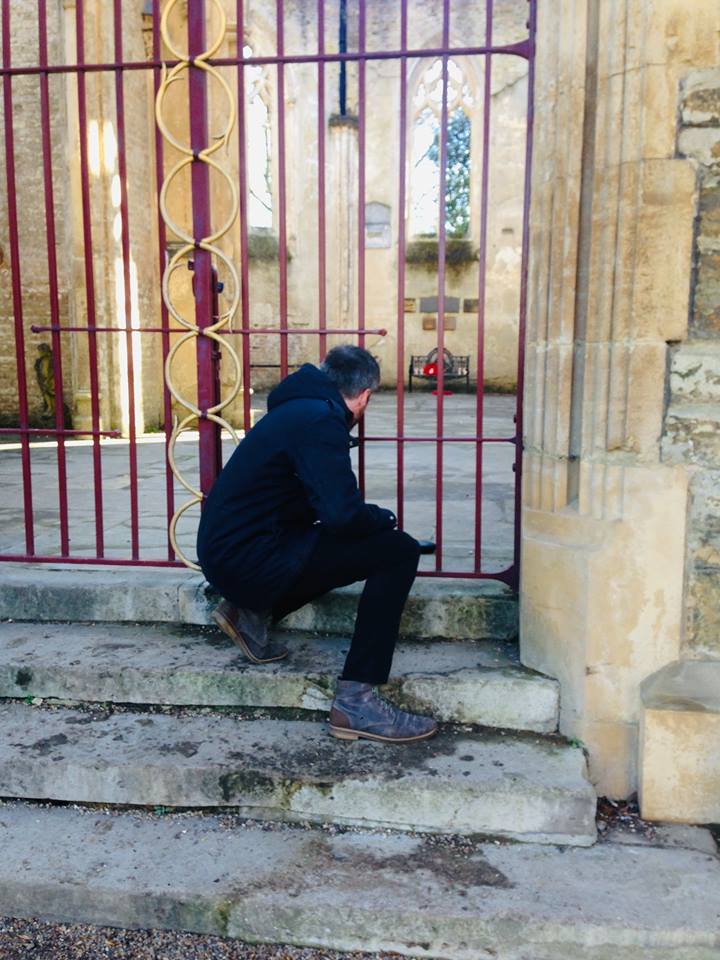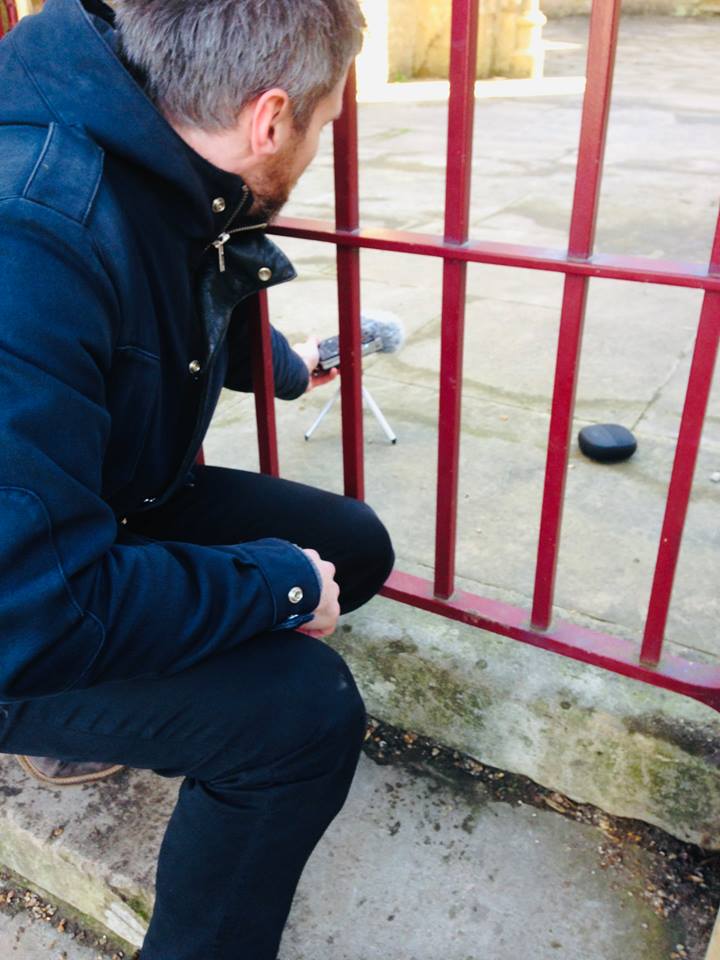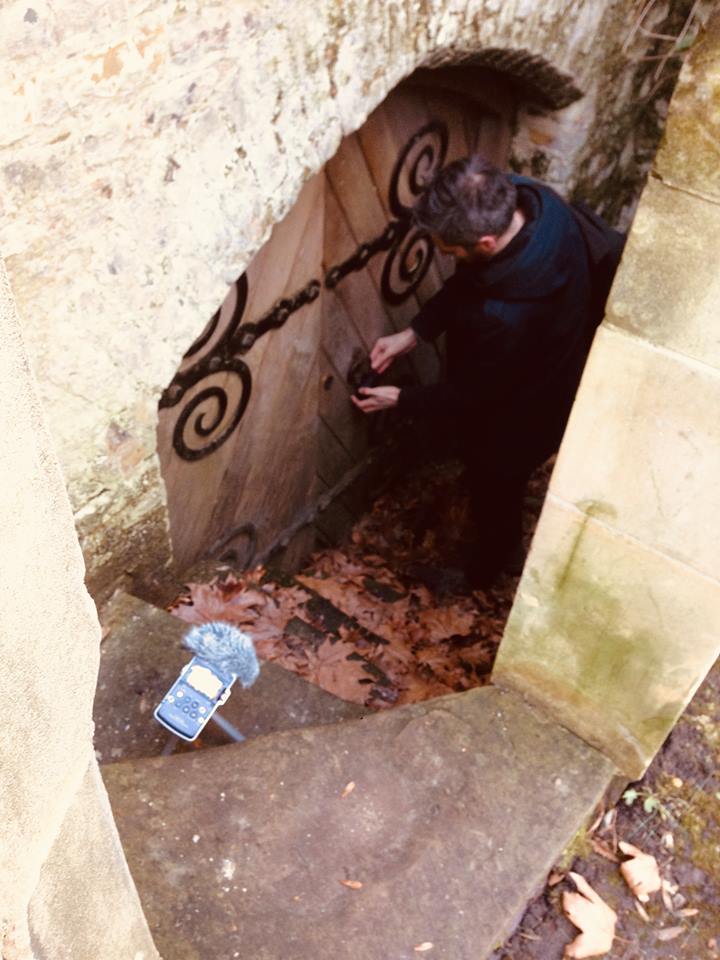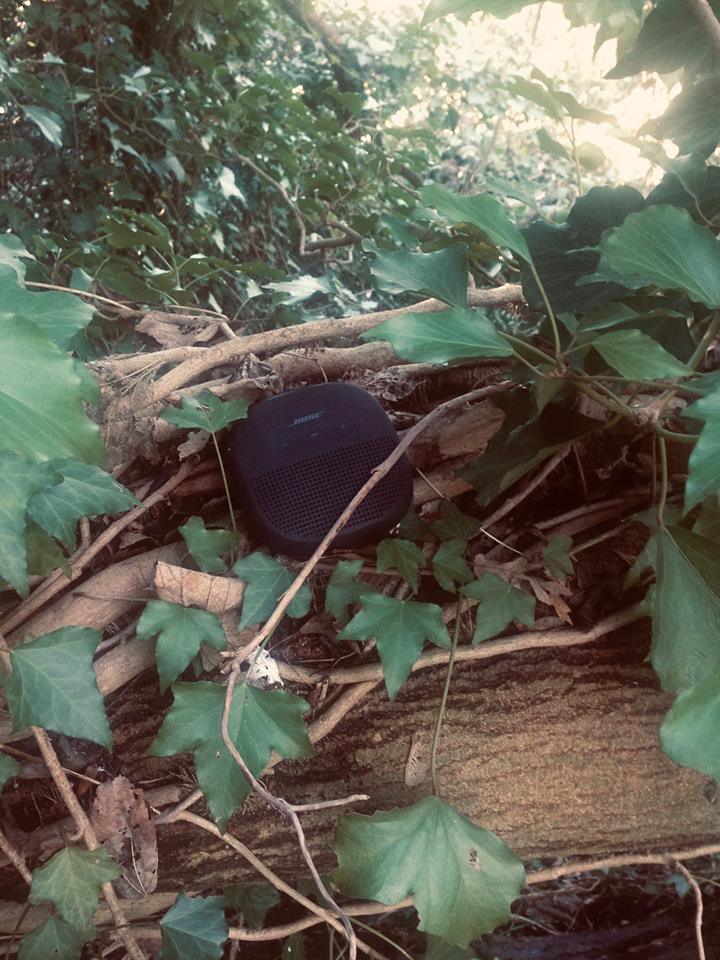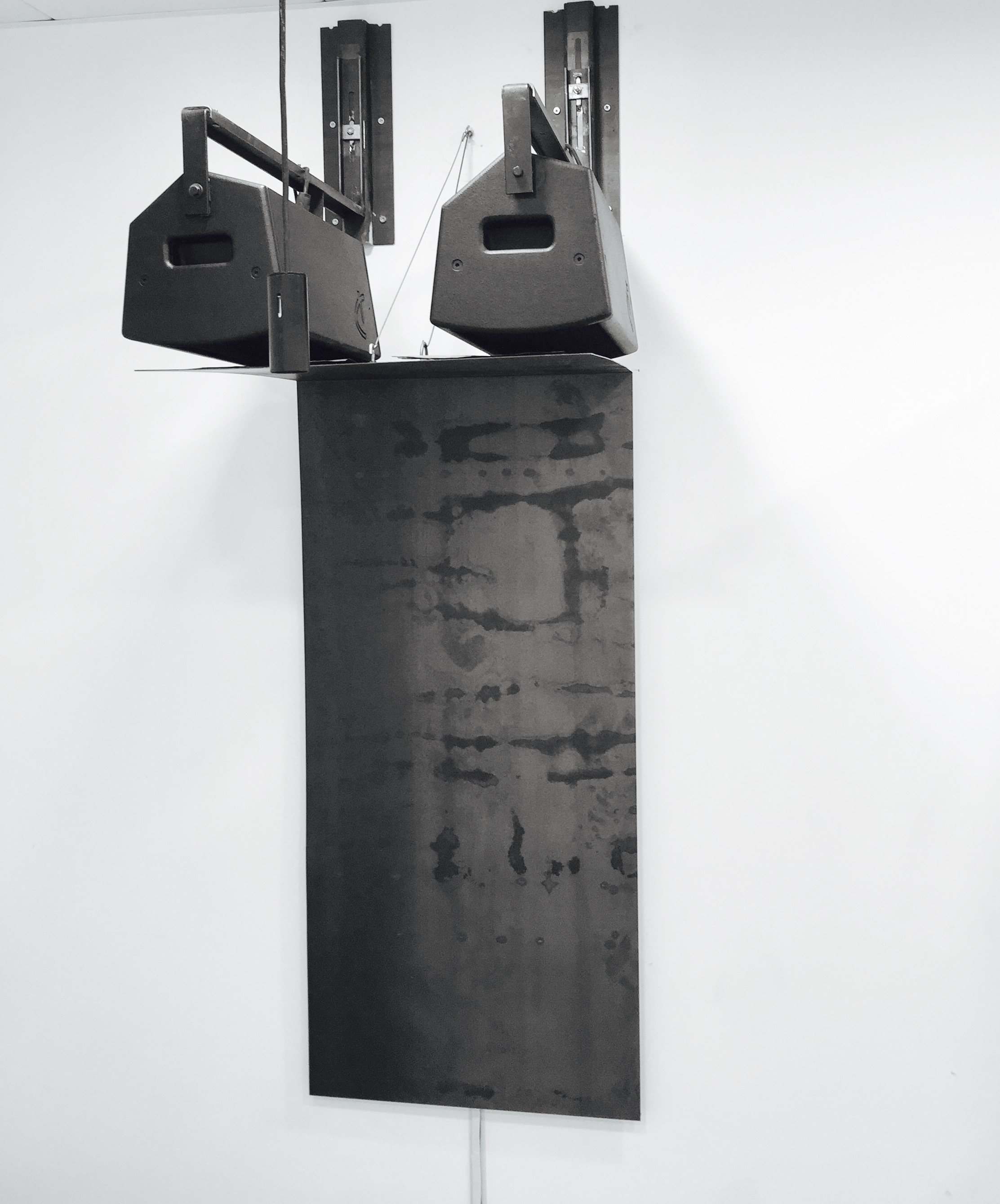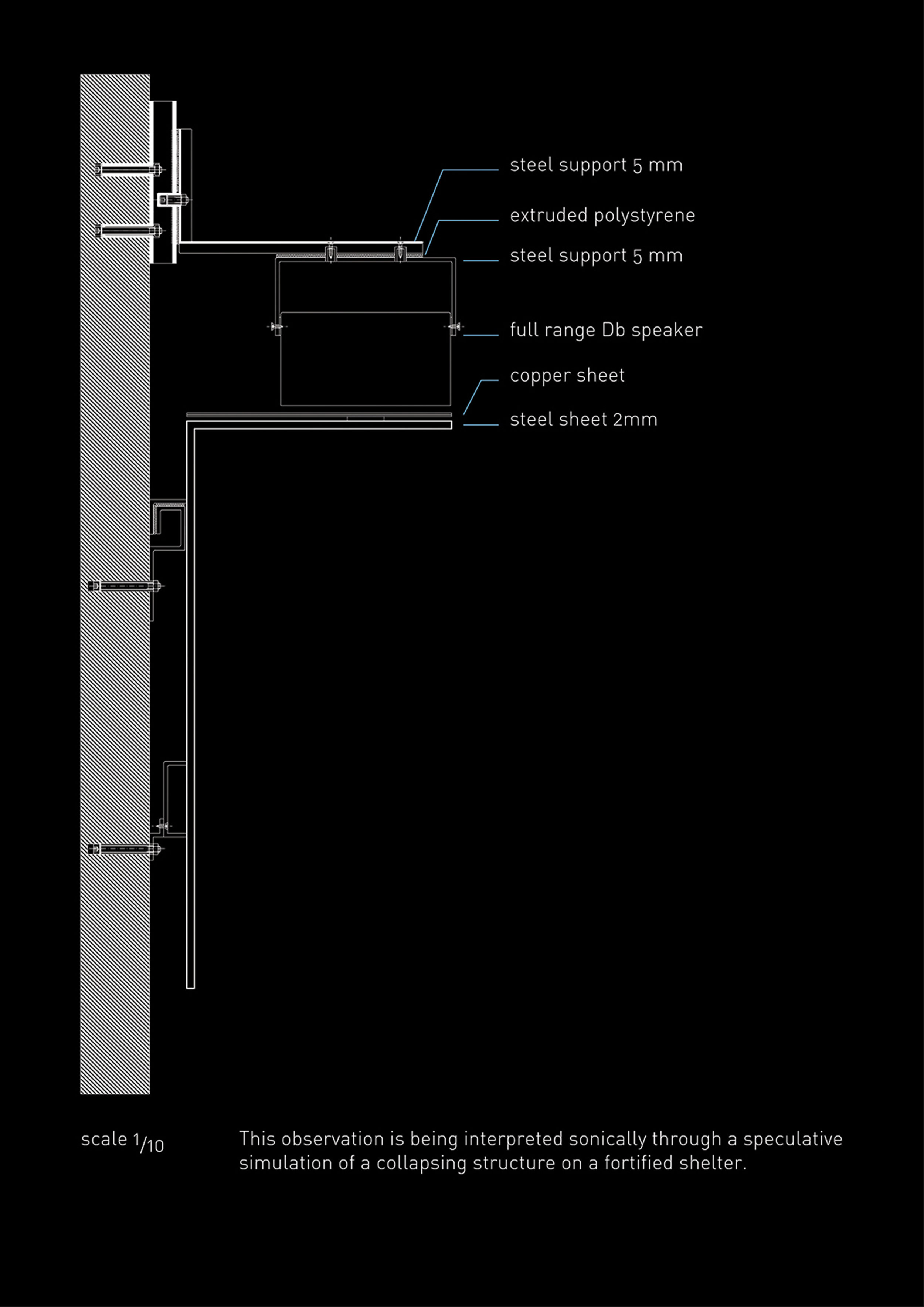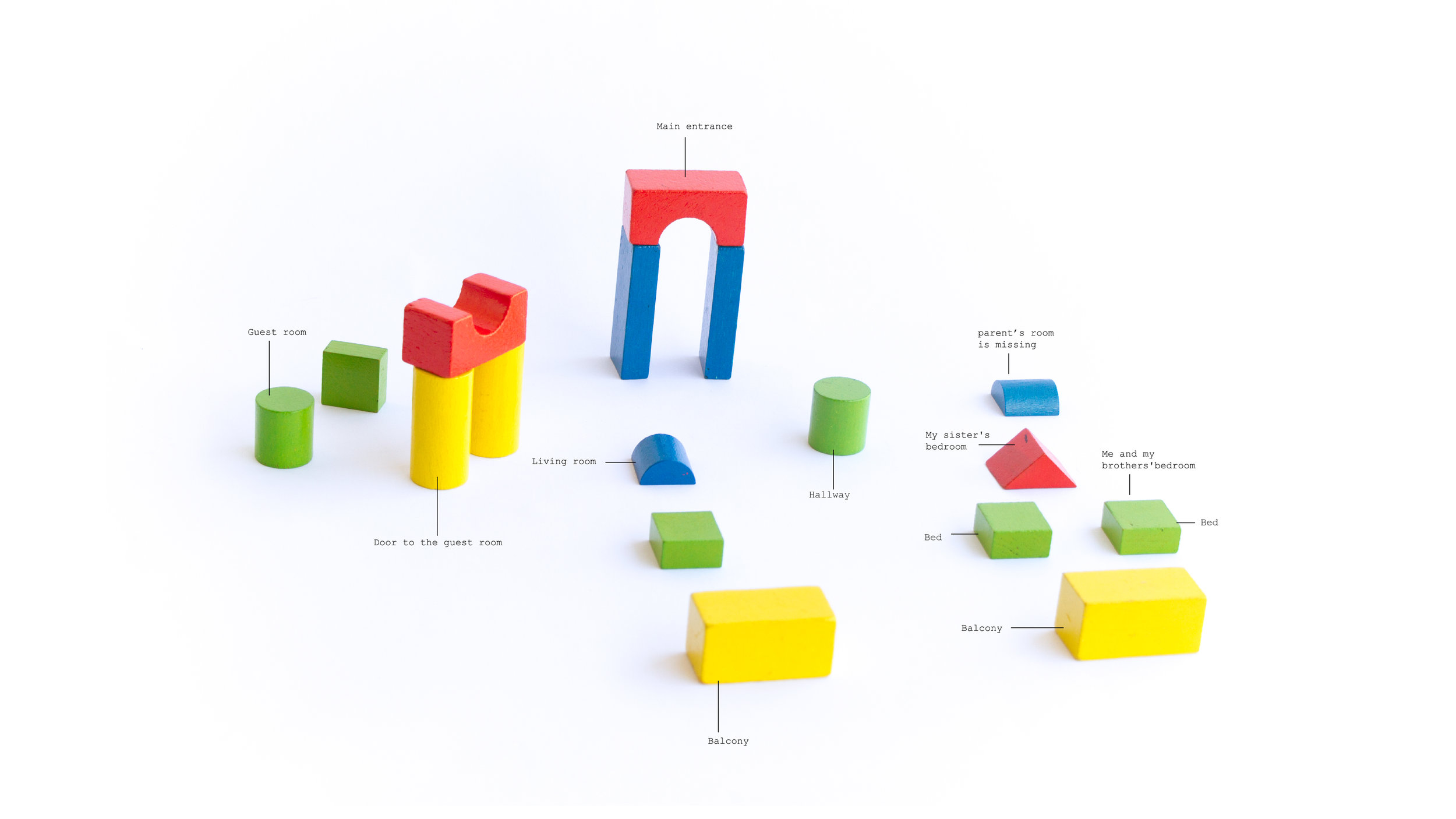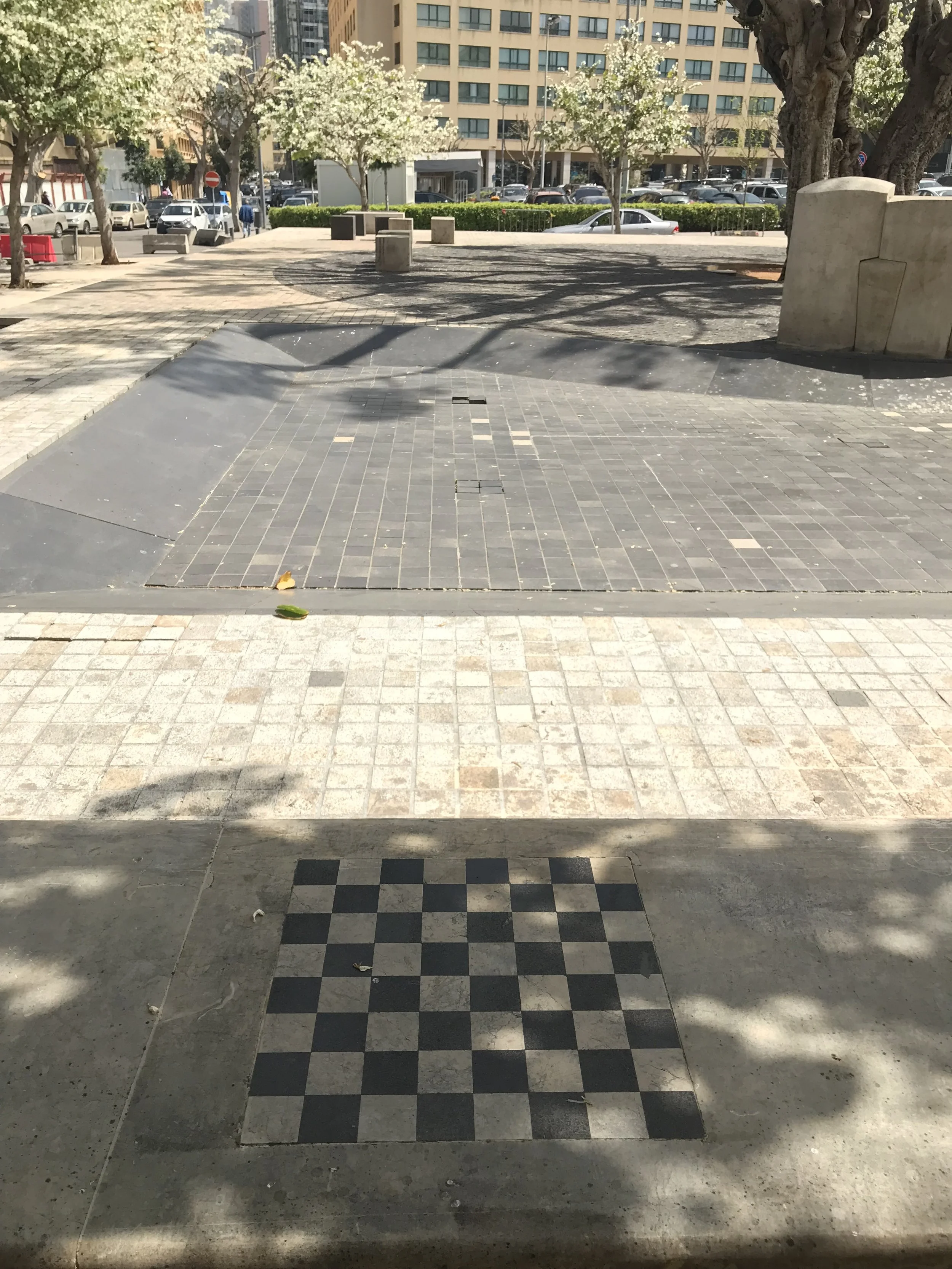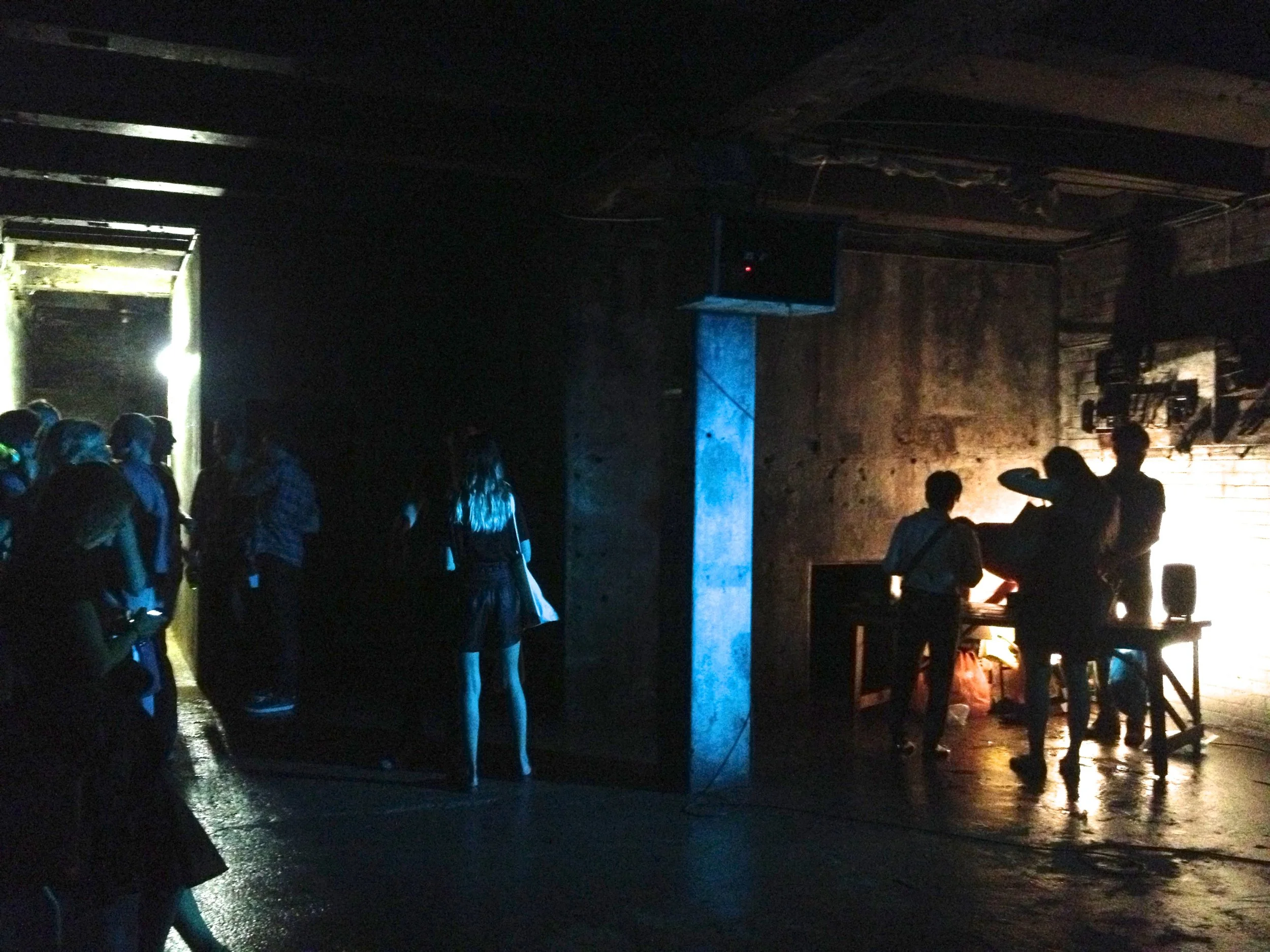ACOUSTIC CITIES: LONDON & BEIRUT
In a city in which noise can be all-encompassing, how can we find ways to listen to things that are hidden, stories that are unheard, and forms of life at risk of disappearing?
This project invites artists and scholars from Lebanon and the UK to create works that sound out the spatial traces of memories, cultures, and bodies ingrained into the physical fabric of their cities.
Each of these works encodes a methodology for listening and making audible phenomena that have otherwise been hidden or silent - whether through activating spaces acoustically, listening technologically beyond the surface of the daily lifeworld, asking for testimonies otherwise unspoken.
The works offer listeners modes of language and tools to find forms of value in their surroundings that might otherwise go unnoticed, and to challenge the quality of their acoustic environments. In doing so, they will help to frame sound as a shared concern and a shared heritage that can be shaped as well as recorded.
This edition is a collaboration between Institute for Global Prosperity UCL, Recomposing the City, RELIEF Centre, Optophono and Theatrum Mundi. It follows on from Recomposing the City and Theatrum Mundi’s 2018 exploratory workshop ‘Urban Sound and the Politics of Memory’. It forms part of the RELIEF Centre’s Cultural Committee programme, which began work on sound in 2018 with ‘Beirut Soundscape’.



